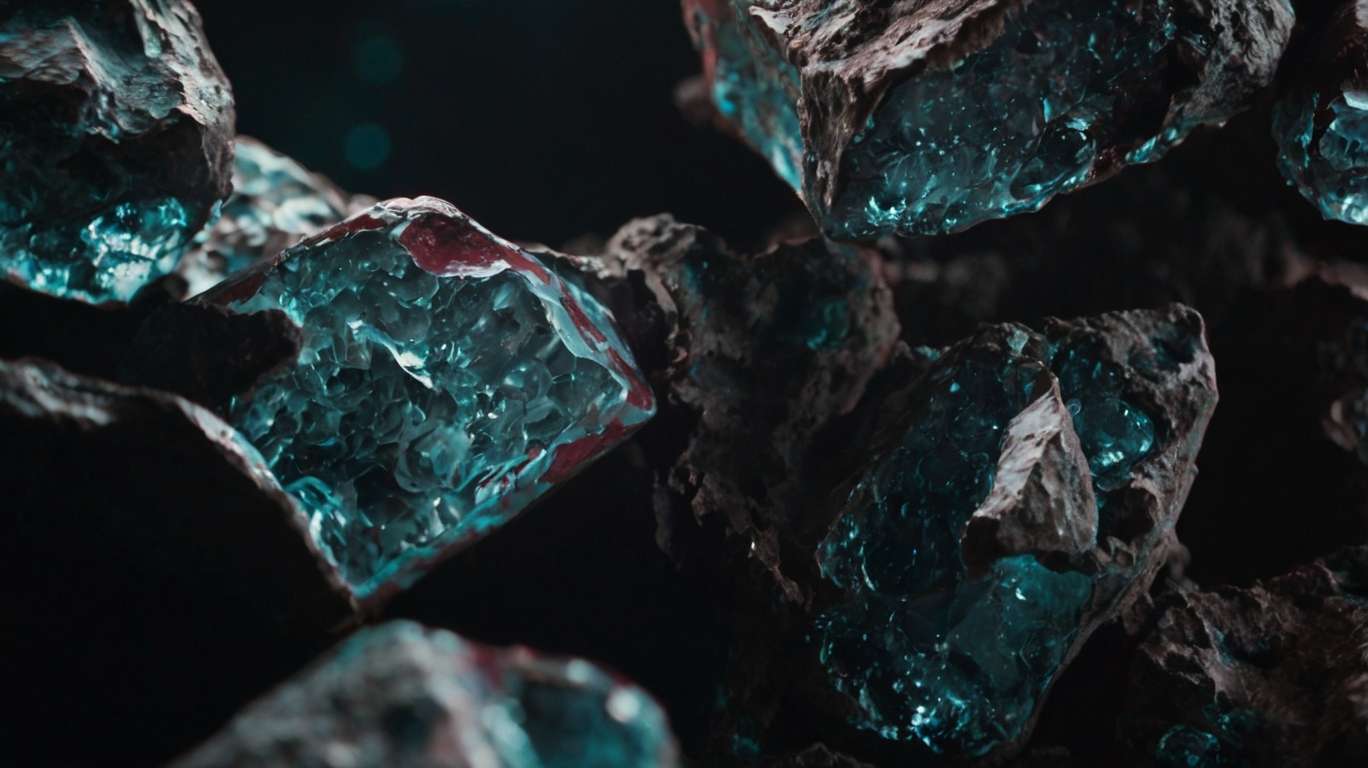Applications of Lanthanum Oxide: From Electronics to Catalysts
Many rare earth elements contribute to significant applications that we hardly witness. Our internet service gives us instant results; its optical fiber glasses rely on many aspects of the production process. Likewise, electronic goods need high capacitance to transfer charges, which becomes possible when the same rare earth elements contribute to production. One of those REEs is lanthanum oxide. Its contribution seems minor, but it has a massive impact on the overall performance of devices. Magnetic storage devices and chemical treatment plants require essential support from the catalytic reaction of lanthanum oxide. You will find all the typical applications of lanthanum oxide below in clear terms.
1. MRI and Magnetic Data Storage
Lanthanum oxide plays a vital role as a catalyst in producing magnetic storage devices. It improves the magnetic properties of a storage device, making it applicable to MRI machines. Its magnetic nanoparticles are used in magnetic resonance imaging (MRI) for better results. These lanthanum oxide applications make this rare earth element useful in the medical and electronic industries. Its role in perovskite nanostructure makes it useful for catalytic activities. The medical industry has to deal with many applications like this, and magnetic resonance imaging plays a key role.
2. Use in Biosensors
Biosensors require lanthanum oxide to become fully compatible with biomolecules. This rare earth element can help biosensors detect microorganisms correctly and increase their sensitivity. Many devices detect such nanoparticles, and lanthanum oxide acts as a catalyst in the production process.
3. Catalyst in Petroleum Refining
It is common to convert crude oil into gasoline and other petroleum subproducts. Lanthanum oxide is a catalyst in the FCC process (fluid catalytic cracking) to break down heavy hydrocarbons. Then, this rare earth element extracts gasoline and other light elements due to catalytic reactions.
4. Used in Automobile Catalytic Converters
Automobiles release harmful fumes through their exhaust pipes. A conversion process is required to make them less toxic to the environment and living creatures. Lanthanum oxide works as a catalyst inside the exhaust system to reduce the toxicity of fumes. It is one application of lanthanum oxide in the automobile industry.
5. Improves UV Light Absorption and Refractive Index in Glass
Lanthanum oxide plays a key role in making glass absorb UV light. Its catalytic function increases the glass's absorption level, allowing it to deal with UV light. Lanthanum oxide also changes the glass's refractive index, improving its performance. Another common application of lanthanum oxide is helping color and decolorize the glass. Even the spinning glass polishing powder performs best when this rare earth element is used in its production.
6. Fluorescent Lamps and CRT Displays
The same lanthanum oxide works as a catalyst in producing CRT displays and fluorescent lamps. It is also used in phosphors to produce colored light in these lamps. Although its use is very little in this process of phosphor production, it cannot be ignored. The formation of color is impossible with rare earth metals like this one.
7. Nanotechnology and Fiber Optic Devices
Lanthanum oxide improves the refractive index when added as a catalyst. Likewise, it improves the performance of laser crystals, optics, and nanofibers. It also enhances the refractive index and mechanical strength of glass for overall success. Furthermore, it enhances the alkali resistance of glass to improve its stability. This rare earth element contributes to the high-refraction features in optical fibers.
8. Increases the Life of Capacitors by 400 Times
In the electronics industry, you will see lanthanum oxide applications, too. It increases the life of the capacitor by 400 times. The electricity conductivity and stability levels are improved for the electronic performance of capacitors. The charge absorption level increases because of their catalytic contribution. The electrochemical stability goes up because of that.
9. Water Treatment
Even the water treatment plants use lanthanum oxide. It improves the water quality by removing the arsenate and fluoride contents. This rare earth element can remove such harmful aspects from the water for improved quality. The water treatment process has to go through different steps, and purification requires catalytic assistance from REEs. Lanthanum oxide is a fundamental element of this application.
10. Improving the Performance of Hydrogen Storage Cells
Lastly, it contributes to the performance of hydrogen storage cells. Lanthanum oxide supports renewable energy storage batteries' energy absorption functions. It allows the cells to absorb a much higher amount of hydrogen, like 400 times their capacity. As a result, the storage capacity of the cells increases, enabling maximum performance. Renewable energy systems need assistance from such elements.
Conclusion
Although a rare earth element like lanthanum oxide contributes little, it is essential for producing many necessary devices. Electronics, optical devices, chemical reactions, and many applications require it for catalytic processes. Therefore, the industrial demand for rare earth elements like lanthanum oxide is always consistent.



.png)

